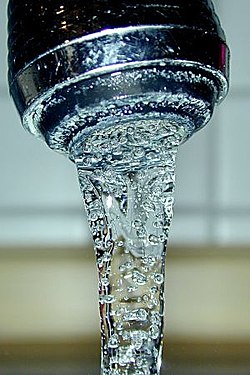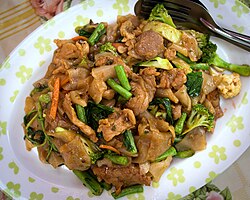
Various foods, dishes, and medicines have been described as having a theoretical potential for easing or alleviating symptoms of a hangover. [7]

Various foods, dishes, and medicines have been described as having a theoretical potential for easing or alleviating symptoms of a hangover. [7]








The following foods and dishes have been described as having a theoretical potential for easing or alleviating symptoms associated with the hangover. Hangover foods have not been scientifically proven to function as a remedy or cure for the hangover. [12] [13] [14] [15]
While recommendations and folk cures for foods and drinks to relieve hangover symptoms abound, hangover foods have not been scientifically proven to function as a remedy or cure for the hangover. [12] [13] [14] [15]
In a review assessing eight randomised controlled trials of propranolol, tropisetron, tolfenamic acid, fructose/glucose, a yeast preparation and supplements containing Borago officinalis , Cynara scolymus and Opuntia ficus-indica , researchers concluded that "no compelling evidence exists to suggest that any conventional or complementary intervention is effective for preventing or treating alcohol hangover." [10]
Various folk medicine remedies exist for hangovers. The ancient Romans, on the authority of Pliny the Elder, favored raw owl's eggs or fried canary as a hangover remedy, [52] while the "prairie oyster" restorative, introduced at the 1878 Paris World Exposition, calls for raw egg yolk mixed with Worcestershire sauce, Tabasco sauce, salt and pepper. [53] By 1938, the Ritz-Carlton Hotel provided a hangover remedy in the form of a mixture of Coca-Cola and milk [53] (Coca-Cola itself having been invented, by some accounts, [54] as a hangover remedy). Alcoholic writer Ernest Hemingway relied on tomato juice and beer. [17]
Other purported hangover cures includes more alcohol, for example cocktails such as Bloody Mary or Black Velvet (consisting of equal parts champagne and stout). [17]
A 1957 survey by an American folklorist found widespread belief in the efficacy of heavy fried foods, tomato juice and sexual activity. [35]